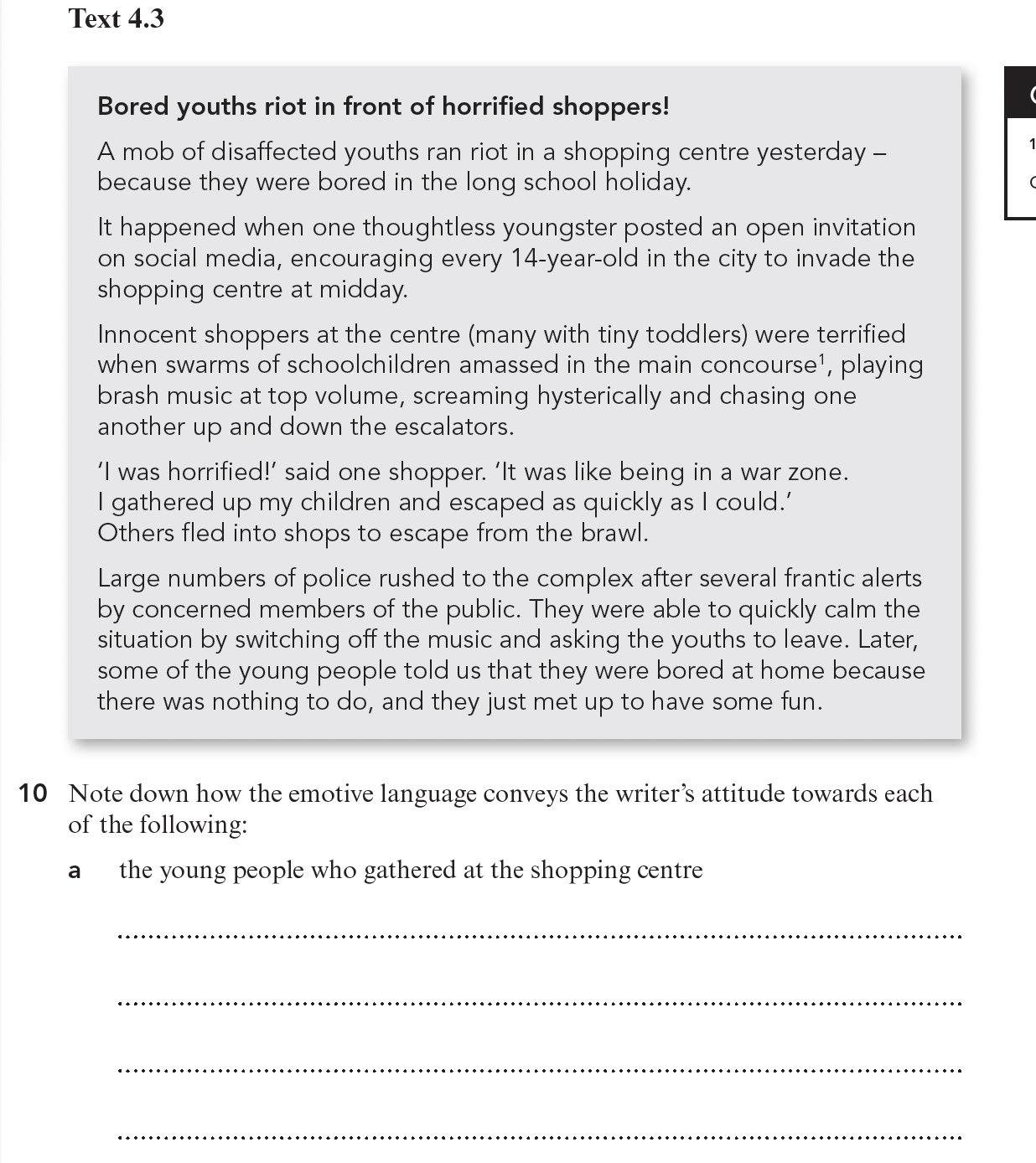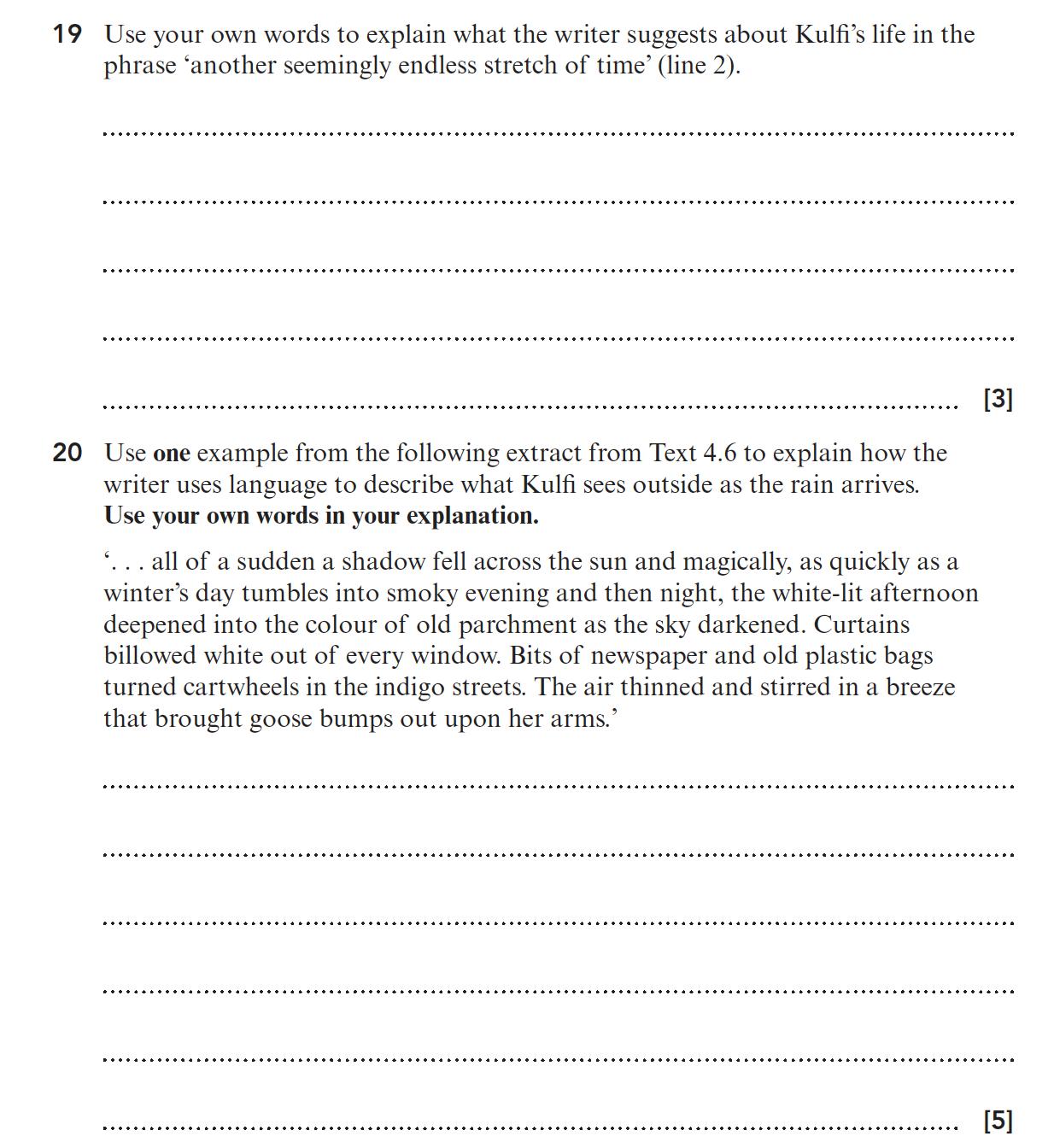

Cambridge IGCSE and IGCSE (9-1)
First Language English
What’s changed, and how we’re supporting you
17 March 2025






What’s changed, and how we’re supporting you
17 March 2025





• General introduction
• Timeline: first teaching 2025, first assessment 2027
• Key changes


Sept 2024
Revised syllabus and support resources published
March 2025
Coursebook support
Sept 2025
First teaching
March 2027
First assessment

“My students love this syllabus and are really excited to work with the Language Task that consists of Writer's Effects. They love writing descriptive and narrative pieces for their Paper 2 as well. Comprehension exercises really motivate them with their reading skills, whereas Summary Writing tasks challenge them with precision and concision of thoughts, propelling them to enrich their vocabulary.”
India
“I like the [Paper 1 Reading] - it is a good balance of short/longer answers and tests a range of skills. I have taught many different exam boards and I think this is the best paper.”
Cyprus
“I share the assessment criteria with my students. It will be useful to have mark schemes for students that include 'student-friendly' language.”
Trinidad and Tobago

content
• Reworded content for clarity.
• Updated command words. Assessment
• Updated syllabus aims and new learner attributes.
• We have updated the wording of assessment objectives. The knowledge and skills assessed have not changed.
• Some changes to tasks in question papers.
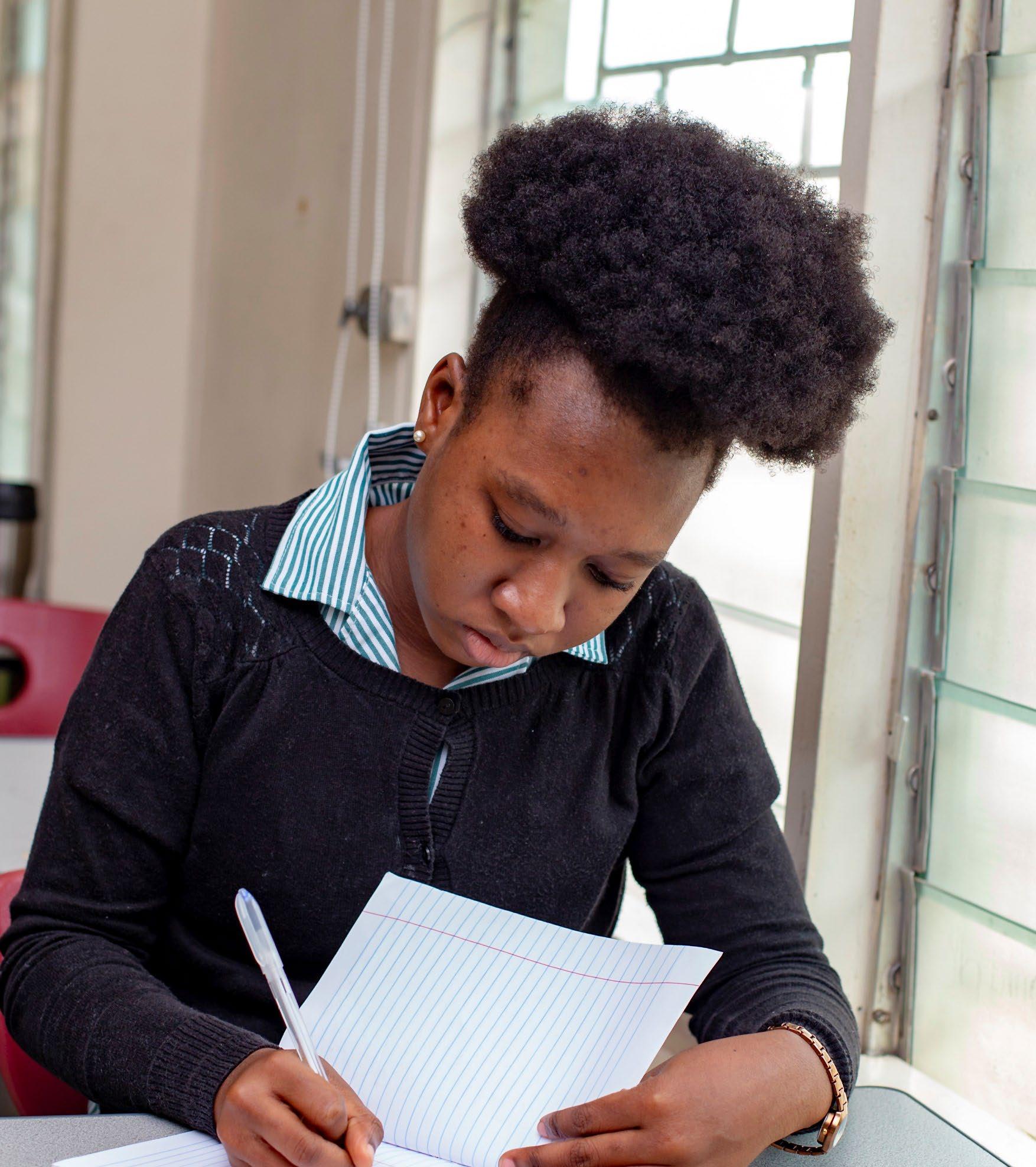

All candidates take two mandatory components:
Paper 1 Reading (50%) and either Paper 2 Directed Writing and Composition (50%) or Component 3 Coursework Portfolio (50%)
Candidates can also take an optional and separately endorsed Component 4 Speaking and Listening Test.

Paper 1 Reading Paper 2 Directed Writing and Composition
• Restructured paper –there are now four questions of 20 marks each covering the three texts.
• New 5-mark question in the summary task.
• Updated marking criteria.
• The amount candidates write for some questions has been reduced to reflect changes to tasks.
• Directed Writing task now has two parts.
• The number of words candidates read has been reduced.
• Updated marking criteria.
Component 3
Coursework Portfolio
• The writing forms have been updated – poetry cannot be used.
• Updated marking criteria.
Component 4 Speaking and Listening Test
• Updated marking criteria.

• Text A: respond with a series of comprehension questions.
• Text B: respond with a summary task and a short answer question.
• Text C: respond with short answer questions and a language task. Respond to the text with an extended response in one of these text types: letter, report, journal, speech, interview and article.
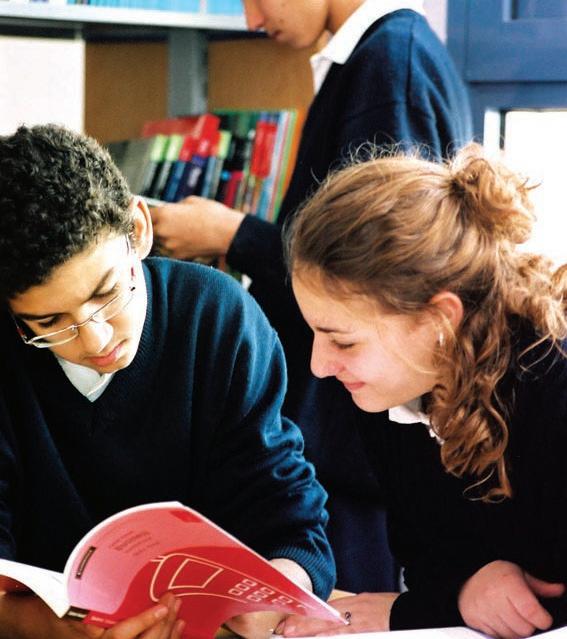

2024-2026 syllabus – Paper 1 Reading
Written paper – 2 hours, 80 marks.
Candidates answer three compulsory questions on three texts which may be on a similar topic. Question 1 is 30 marks. Questions 2 and 3 are 25 marks each.
2027-2029 syllabus – Paper 1 Reading
Written paper – 2 hours, 80 marks.
Candidates answer four compulsory questions on three texts which may be on a similar topic. Each question is 20 marks.
Text A and Text B are 700–750 words in length together and Text C is 500–650 words in length.
The three reading texts have a combined total of approximately 1400 words in length.

2024-2026 syllabus – Paper 1 Reading
Question 1 Comprehension and summary task (30 marks)
Question 1 – Comprehension task: candidates respond to a series of sub-questions which test R1, R2, and R5 (15 marks).
Question 1f – Summary task: candidates answer a selective summary task in their own words. This question tests reading objectives, R1, R2, R5 (10 marks) and writing objectives, W2 and W3 (5 marks).
2027-2029 syllabus – Paper 1 Reading
Question 1 Comprehension (20 marks) and Question 2 summary task (20 marks)
Question 1 – Comprehension task: candidates respond to a series of sub-questions which tests all five reading assessment objectives (20 marks).
Question 2 – Summary task: this question has two parts, 2(a) and 2(b).
2(a) is a summary task which tests the same objectives as the previous syllabus, with the inclusion of W1.
NEW 2(b) question: asks candidates to respond to a short answer question testing understanding of attitudes and opinions. This question tests R2 and R3 (5 marks).

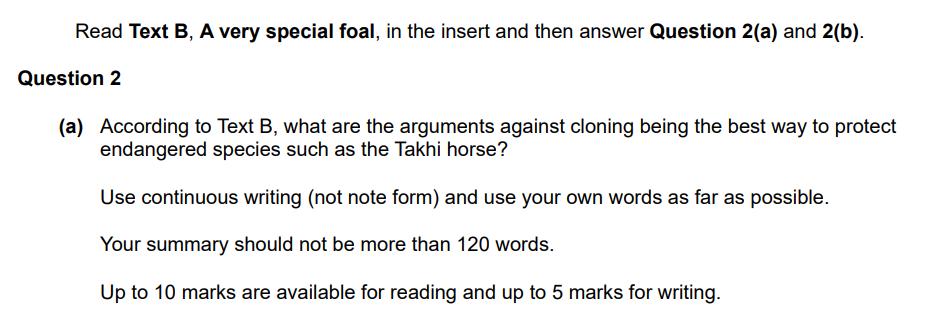

2024-2026 syllabus – Paper 1 Reading
Question 2 Short-answer questions and language task (25 marks).
Questions 2(a)-2(c)
Short answer questions
Candidates respond to a series of sub-questions which require answers of different lengths.
2027-2029 syllabus – Paper 1 Reading
Question 3 Short-answer questions and language task (20 marks).
Questions 3(a)-3(c)
Short answer questions
Candidates respond to a series of sub-questions which require answers of different lengths. The mark allocations for these questions have been updated.
In the current assessment the key words in questions are underlined.
In the assessment from 2027 the key words in questions are in bold.

2024-2026 assessment – Question 2(b) Assessment from 2027 – Question 3(b)



2024-2026 syllabus – Paper 1 Reading
Question 2 Short-answer questions and language task (25 marks).
Candidates respond to Text C. Candidates write about 200–300 words.
This question tests the reading assessment objectives R1, R2 and R4 (15 marks).
2027-2029 syllabus – Paper 1 Reading
Question 3 Short-answer questions and language task (20 marks).
Candidates respond to Text C. Candidates write about 200–250 words.
This question tests the reading assessment objectives R1, R2 and R4 (10 marks).
The wording of the question has changed – candidates are no longer required to locate specific paragraphs in the text, the paragraph will be reproduced in the question paper.
The number of words candidates write has been reduced to reflect the change to marks.

2024-2026 assessment – Question 2(d) Assessment from 2027 – Question 3(d)

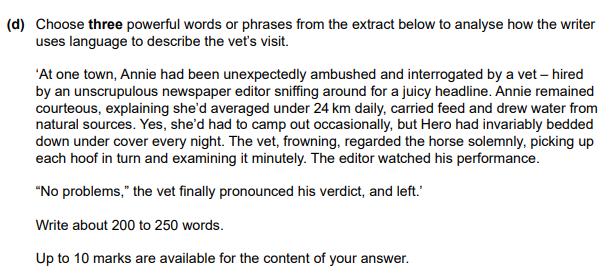

2024-2026 syllabus – Paper 1 Reading
Question 3 Extended response to reading (25 marks).
Question 3
Candidates respond to Text C. Candidates write about 250–350 words, responding in one of the following text types: letter, report, journal, speech, interview and article.
2027-2029 syllabus – Paper 1 Reading
Question 4 Extended response to reading (20 marks).
Question 4
Candidates respond to Text C. Candidates write about 250–300 words, responding in one of the following text types: letter, report, journal, speech, interview and article.
This question tests reading assessment objectives R1, R2 and R3 (15 marks).
And writing assessment objectives W1, W2, W3 and W4 (10 marks).
This question tests reading assessment objectives R1, R2, R3 and R5 (10 marks).
And writing assessment objectives W1, W2, W3 and W4 (10 marks).
• The number of words candidates write has been reduced to reflect the change to marks.
• The amount candidates read has been reduced for this question and the bullet point instructions simplified.




Section A: Directed Writing – use information from text to write a discursive / argumentative / persuasive speech, letter, article or report.
Section B: Composition – a choice of descriptive or narrative writing.


2024-2026 syllabus – Paper 2 Directed Writing and Composition
Written paper, 2 hours, 80 marks.
Section A: Directed Writing (40 marks).
Candidates answer one compulsory question on one or two texts totalling 650–750 words in length.
2027-2029 syllabus – Paper 2 Directed Writing and Composition
Written paper, 2 hours, 80 marks.
Section A: Directed Writing (40 marks).
Candidates answer one question which has two parts, 1(a) and 1(b) on one or two texts totalling 550–650 words in length. The reduction in reading load reflects changes to the task.
Question 1: candidates use, develop and evaluate the information in the text(s) to create a discursive/argumentative/ persuasive speech, letter or article.
Candidates write about 250–350 words.
NEW Question 1(a) is a structured question that allows candidates to analyse, evaluate and demonstrate their understanding of the text(s). It tests reading assessment objectives R3 and R4 (5 marks).
For Question 1(b) candidates use, develop and evaluate the information in the text(s) to create a discursive/argumentative /persuasive speech, letter, article or report.
Candidates write about 250–350 words.

Assessment from 2027


2024-2026 syllabus – Paper 2 Directed Writing and Composition
2027-2029 syllabus – Paper 2 Directed Writing and Composition
Written paper, 2 hours, 80 marks. Written paper, 2 hours, 80 marks.
Section B: Composition (40 marks)
Candidates answer one question from a choice of four titles: two descriptive and two narrative.
Candidates use the title to develop and write a composition.
Candidates write about 350–450 words.
Section B: Composition (40 marks)
Candidates answer one question from a choice of four titles: two descriptive and two narrative.
Candidates use the title to develop and write a composition.
Candidates write about 350–450 words.

Look through the new syllabus and specimen question papers available on the Cambridge website and the School Support Hub.
Take time to investigate the School Support Hub – there are lots of great resources there!
Select short passages to practise reading comprehension with your students.
Practise writing in different forms with students.
Use the textbook to support learning – especially meaning and effect, implied meaning, etc.
Listen to different audio e.g. video clips/podcasts/practise speaking and listening.



Cambridge IGCSE First Language English, Sixth Edition (Cambridge)
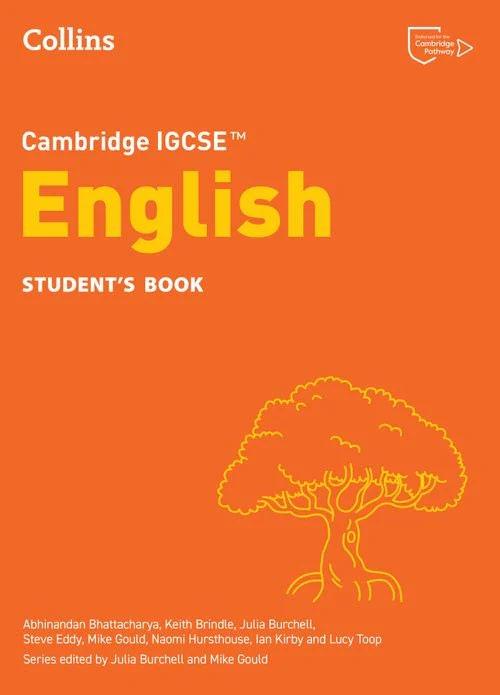

Cambridge IGCSE English, Fourth Edition (Collins)


Cambridge IGCSE First Language English, Fifth Edition (Hachette Learning)


Julia
Fusi



resources
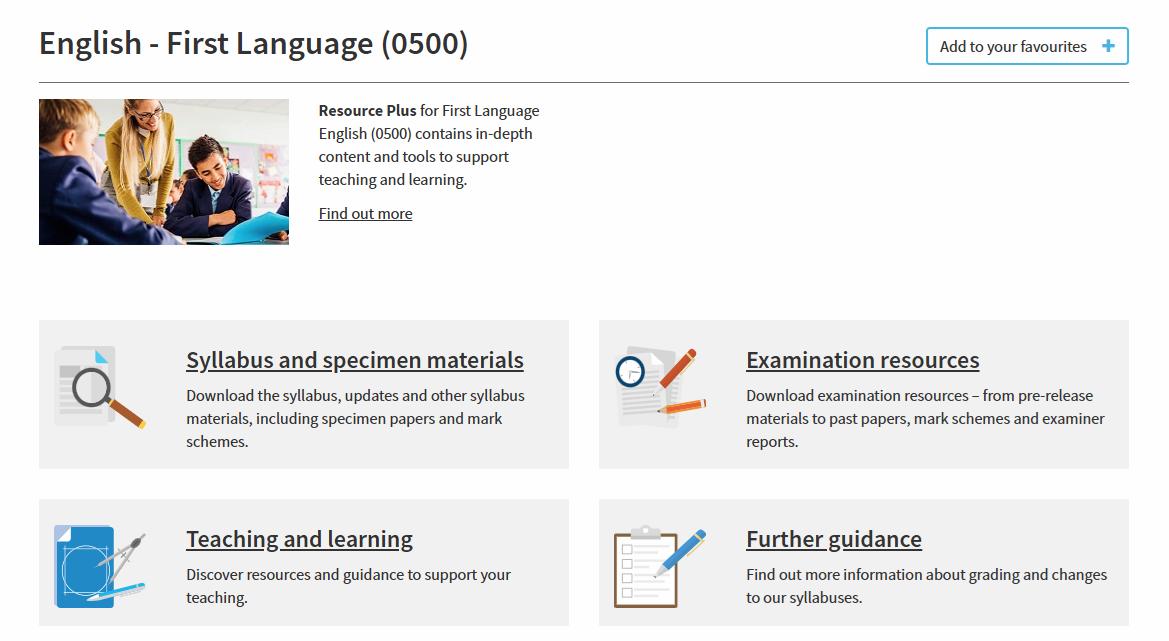

Resource+
Scheme of Work
Lesson planning
Coursework handbook
Speaking & Listening Handbook
Skills exercises
Learner guides
Teaching tools
Specimen Paper Answers
Example Candidate Responses




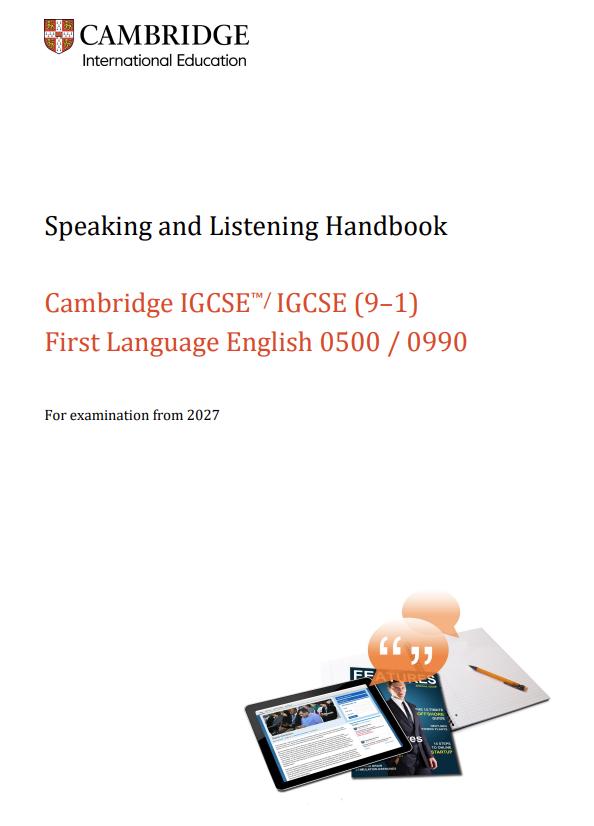


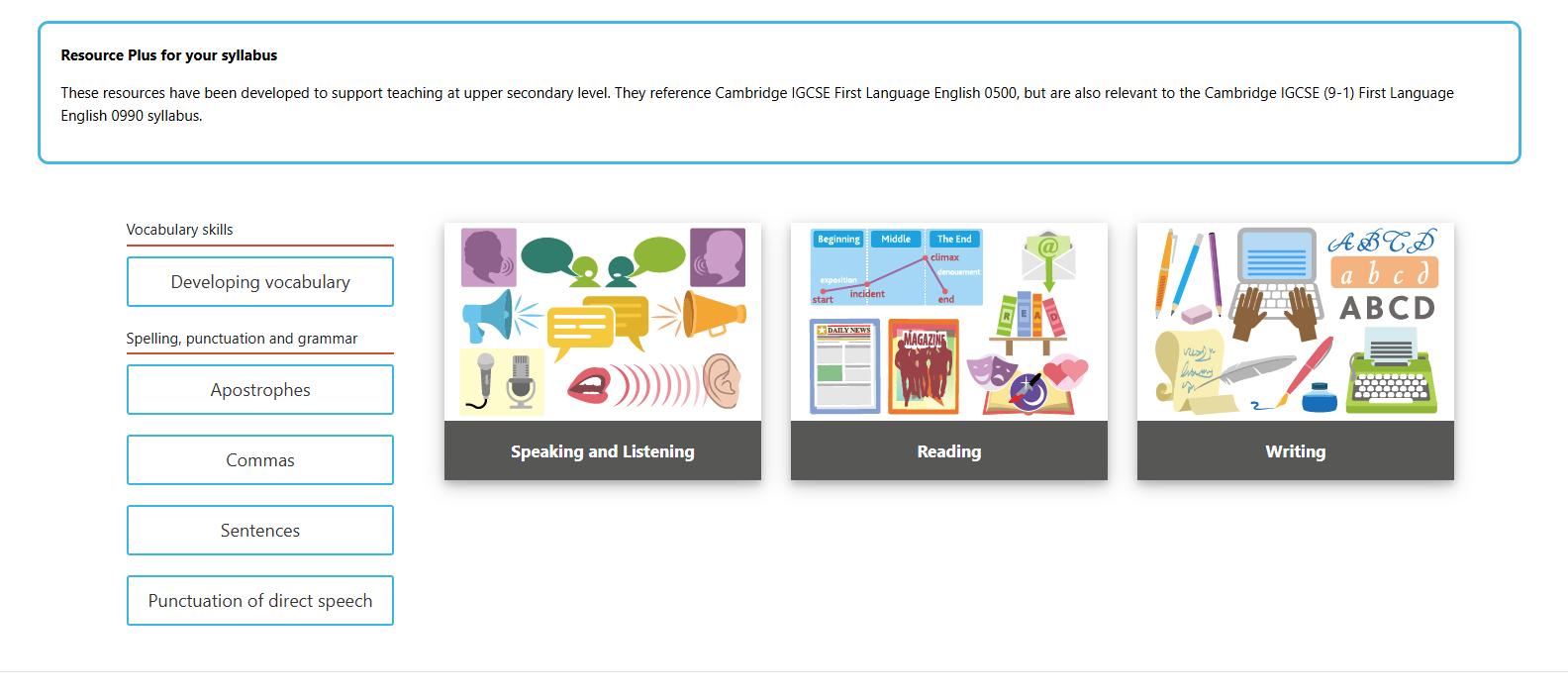







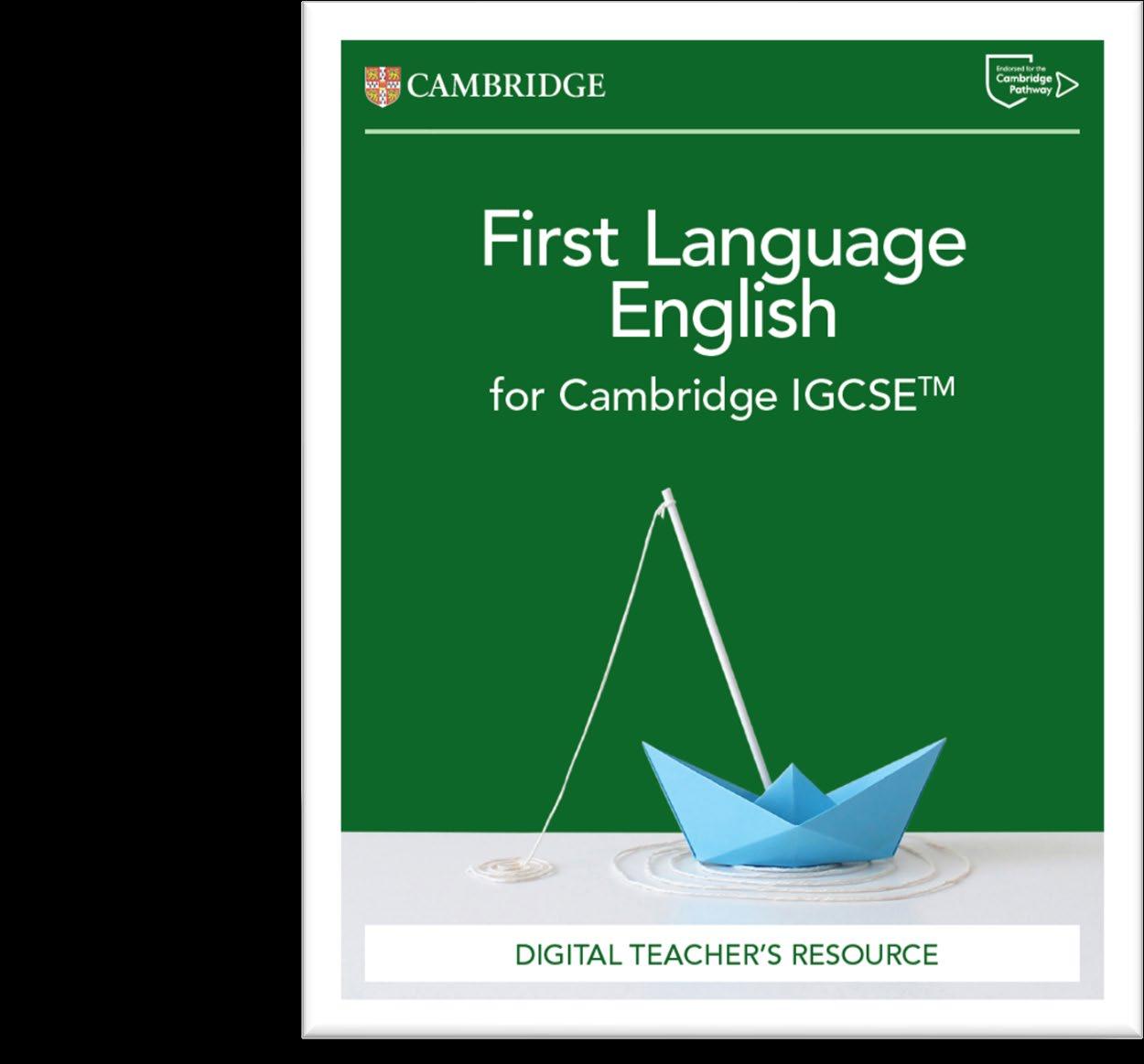
Publication date: 20 March
2025
Graham Elsdon
Helen Rees-Bidder
Publication date: March 2025
Graham Elsdon
Helen Rees-Bidder
Publication date: March 2025
Patrick Creamer
Clare Mellor

• Brand new approach.
• Skills-based approach.
• Focus on developing reading and writing skills.
• More step-by-step, scaffolded support.
• Closer links between components.
• Video content accessed via Cambridge GO.




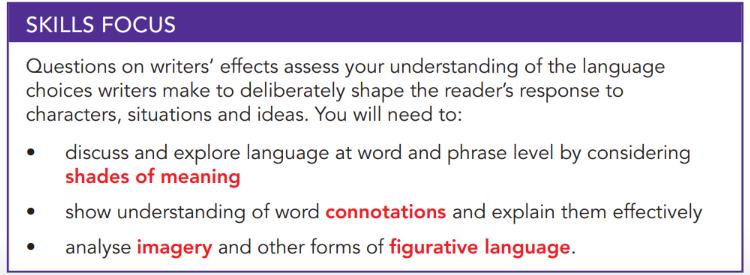
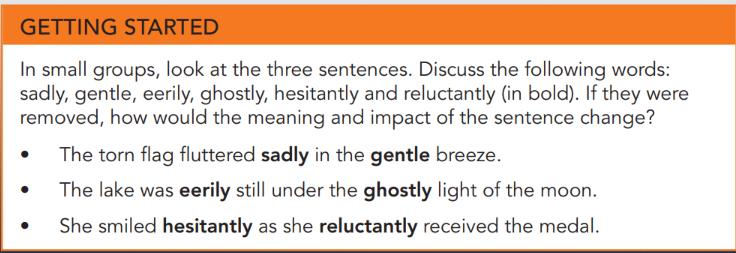





Skills Focus focuses on specific reading or writing skills that students will cover in the unit.
A short starter activity explores what knowledge students already have before starting the unit. This activity introduces students to the concepts covered in this unit.



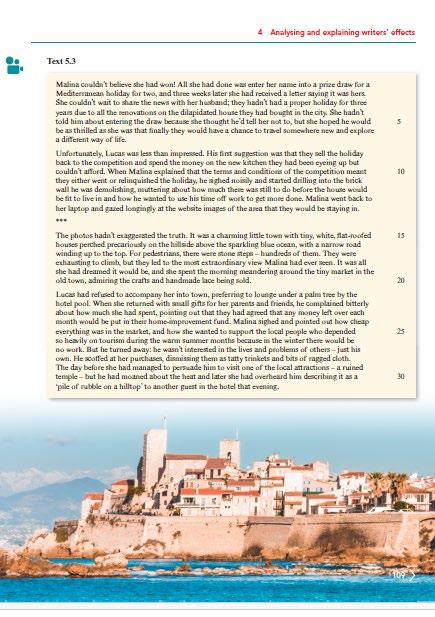





Videos provide additional support on different concepts throughout the coursebook.



A range of different texts and topics. Modern, international text choices.

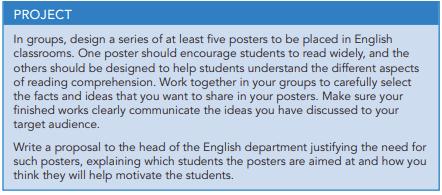
Projects: contextualise learning by applying their skills to a real-world task. The project can be used as an extension knowledge.










Annotated
answers to help students understand the success criteria. Encourages students to evaluate their own work.

• Closer links between components –same structure as the coursebook.
• Language and grammar support.
• Assessment support with additional practice questions.


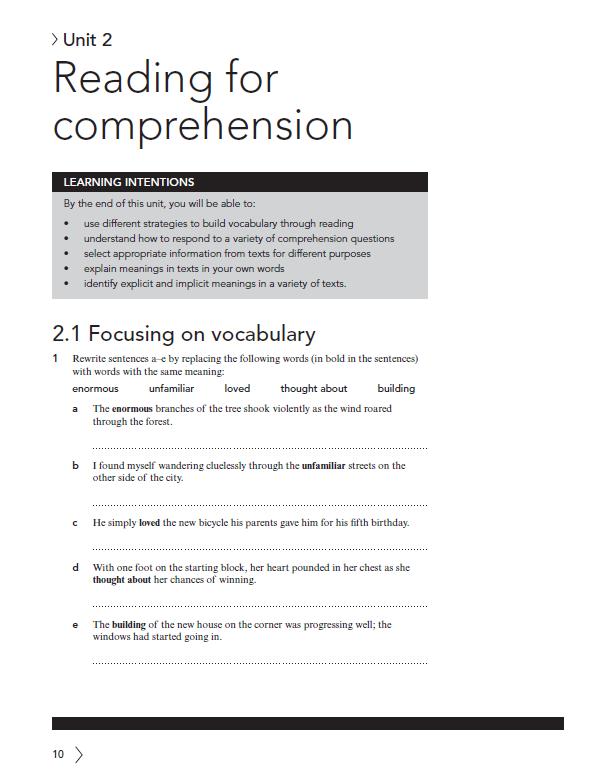

Learning intentions explain what students will learn in the unit.
Review exercises bring together skills learnt in the corresponding coursebook unit.
Exercises that let students practise their Reading and Writing skills.




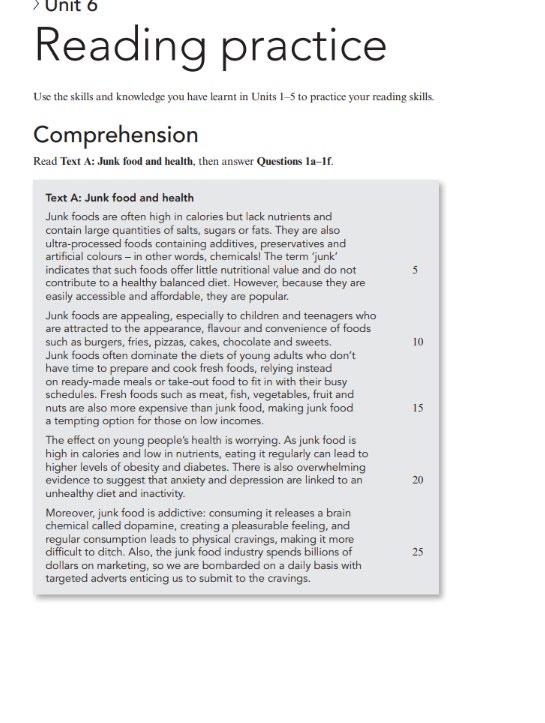

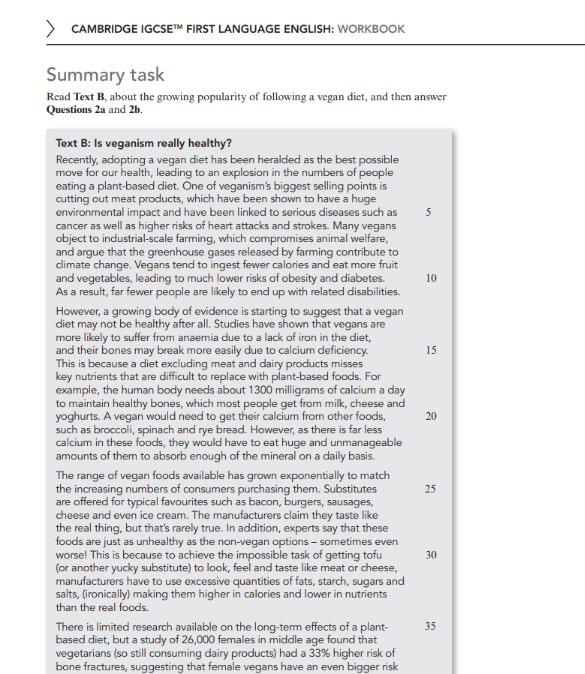


Questions: provide practice at responding to the type of task required by the syllabus.

• Closer links between components.
• Accessed via Cambridge GO.
• Provides access to the digital coursebook and digital workbook.
• Available: 20 March 2025.




The Learning plan table includes:
Learning intentions, Success criteria and Assessment objectives that are covered in the unit.

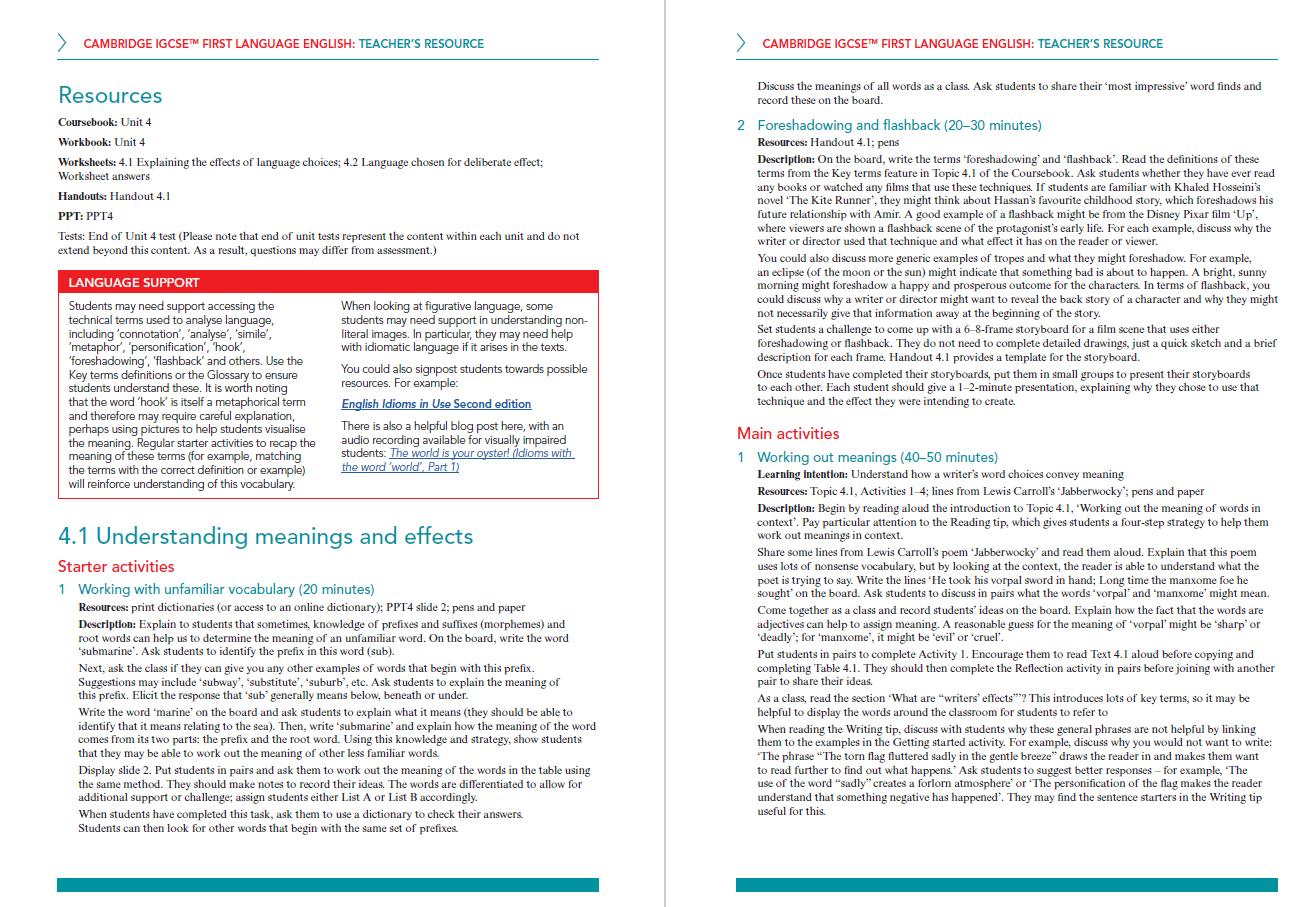
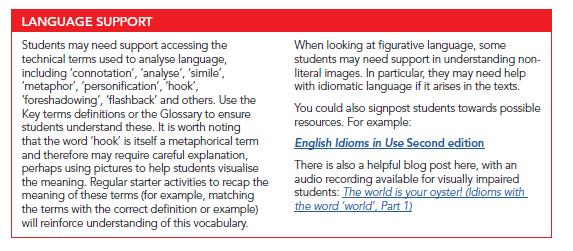


The Language support feature contains information to help you present a specific language or grammar point from the unit. This feature especially focuses on the needs of students with English as an additional language.





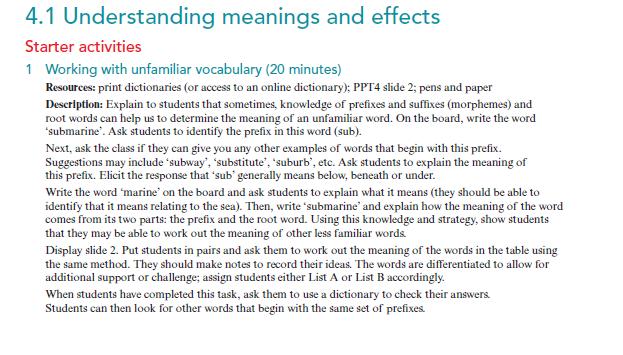



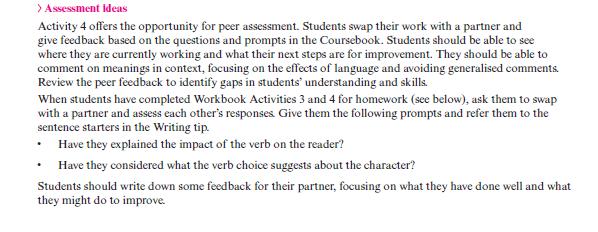

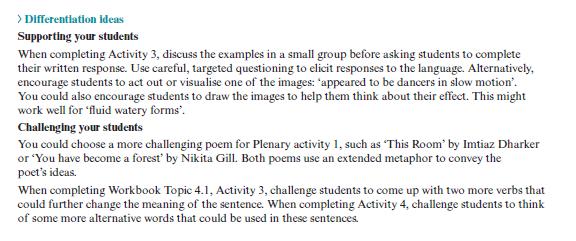

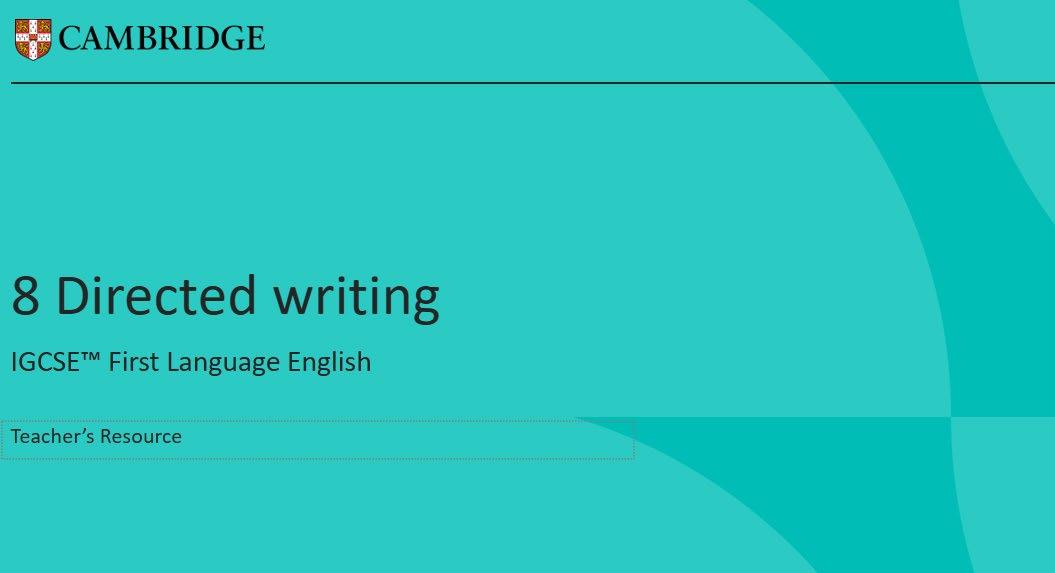


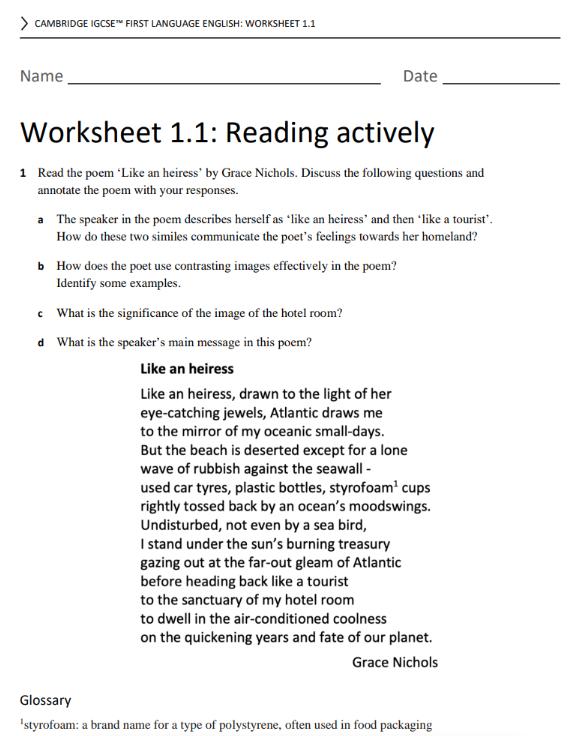
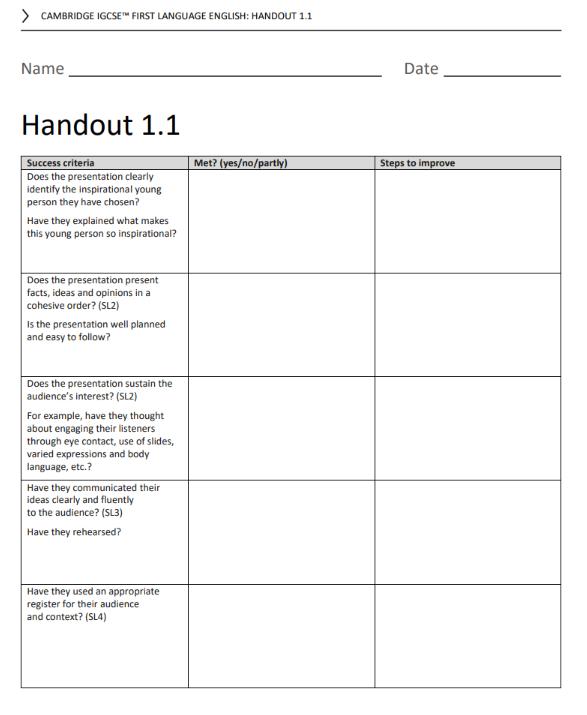

Worksheets: these worksheets provide language support and can be particularly helpful for students with English as an Additional Language.
PPTs: these are used in conjunction with teaching ideas and specific slides will be used for specific teaching ideas.


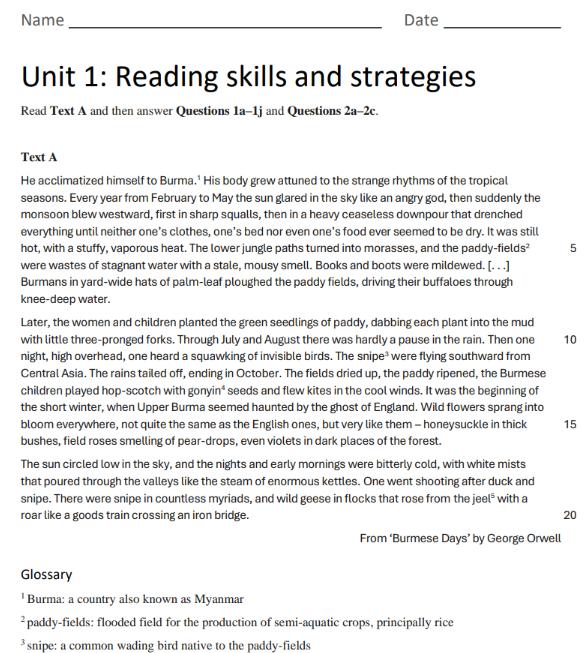
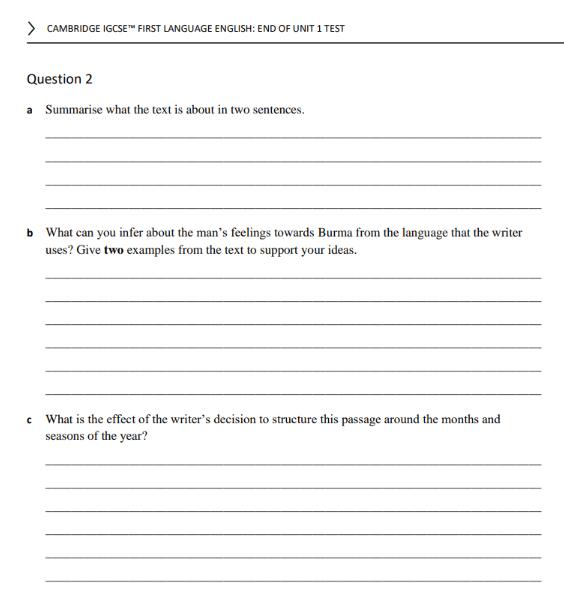

End of unit tests: you can use these tests to assess students’ understanding of the unit content and confirm that the class is ready to move on from the unit.




Introduction courses – Introduce teachers to Cambridge programmes. Recommended for teachers who are new to Cambridge or to a specific qualification.
Marking workshops – Engage with recent candidate responses to build confidence in their understanding of the assessment criteria. Recommended for teachers with at least one year's experience teaching Cambridge programmes.
Focus on Assessment – Engage with our syllabuses in greater depth and build confidence in your delivery.
Recommended for teachers with at least one year's experience teaching Cambridge programmes.
Focus on Teaching – For teachers who want to explore a specific area of teaching and learning within the syllabus. For example, Focus on microeconomics and macroeconomics.



Helen Rees-Bidder

• Separate parts for Reading & Writing.
• Units relate to the sections/tasks in the examinations with skills cross-over where appropriate.
• Each unit carefully constructs and develops skills with varied activities and practice questions.
• Units 6 and 11 feature full practice papers.




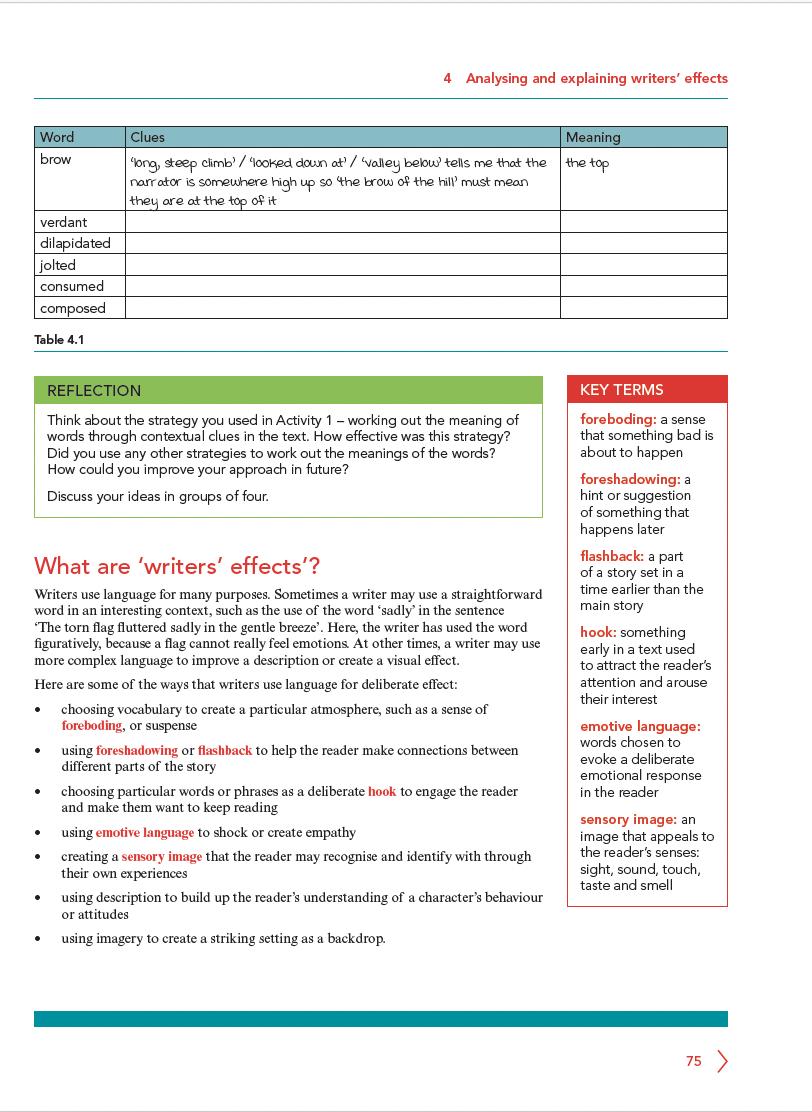
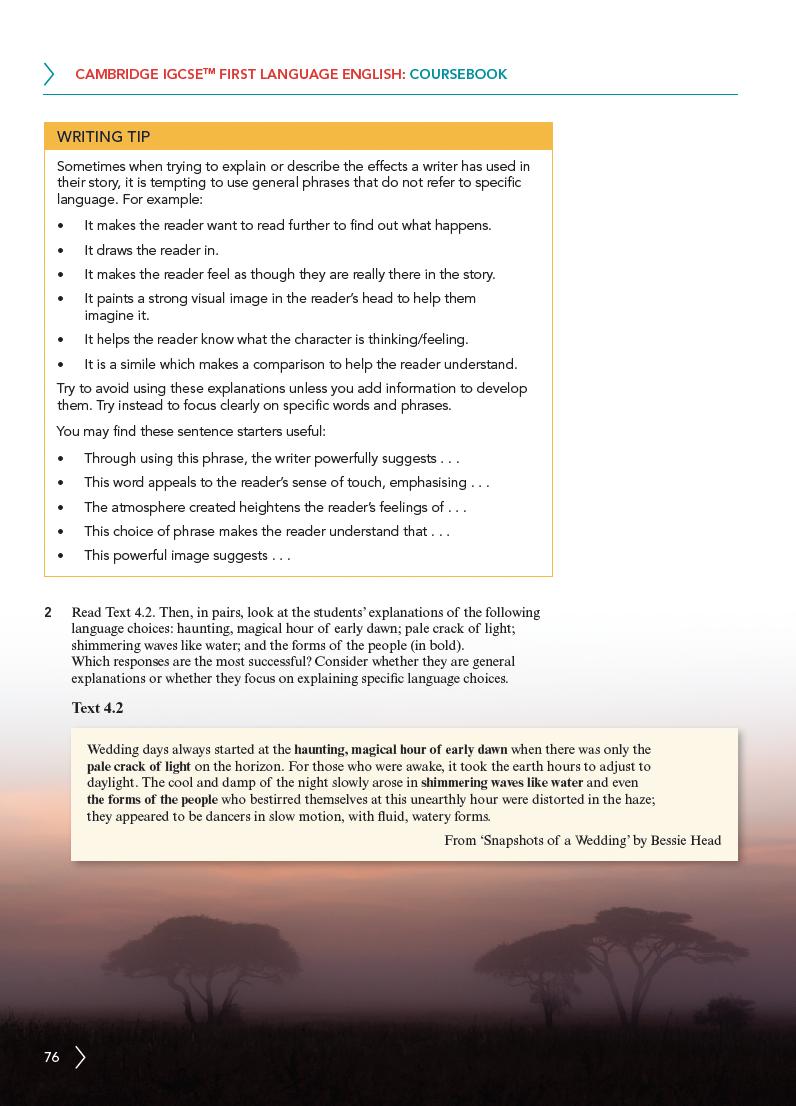



• A range of texts have been used on a wide variety of relevant topics.
• Texts have been taken from a variety of sources including novels, short stories, newspaper and online articles, biographical writing, travel writing, and information books and articles.
• Texts have been sourced from a variety of cultures.

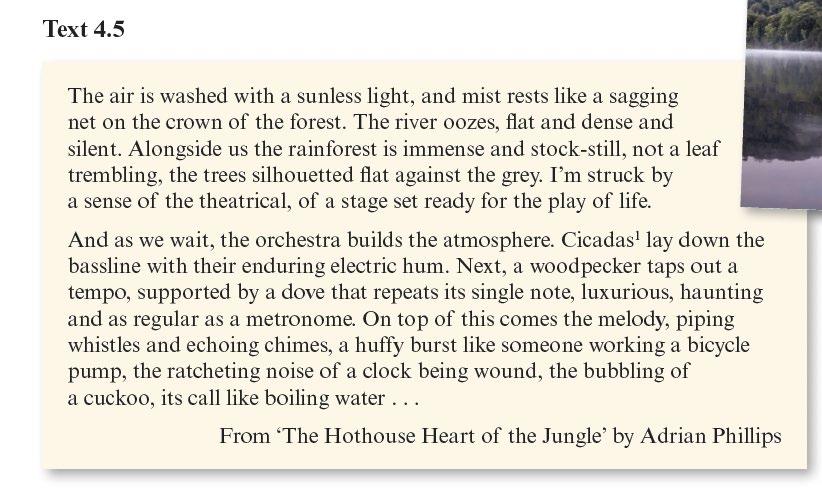


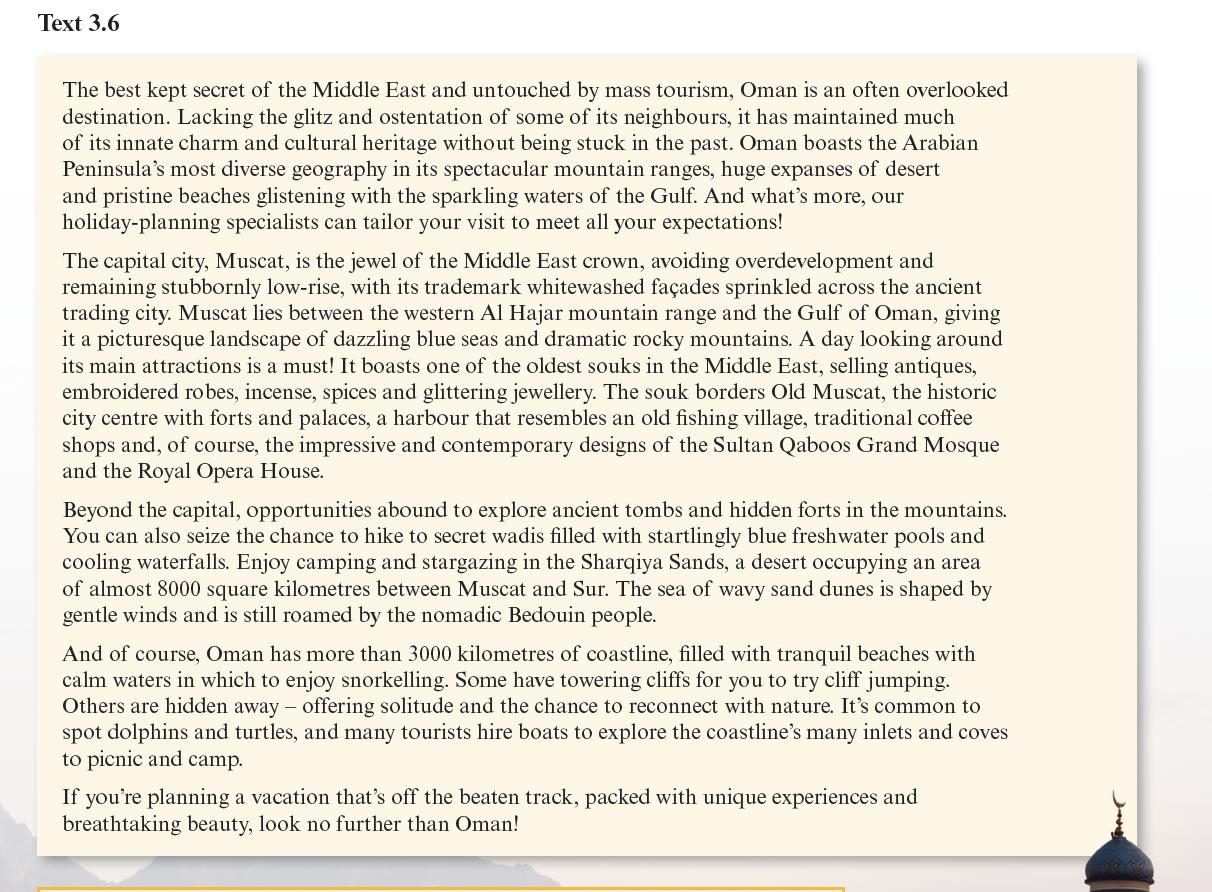
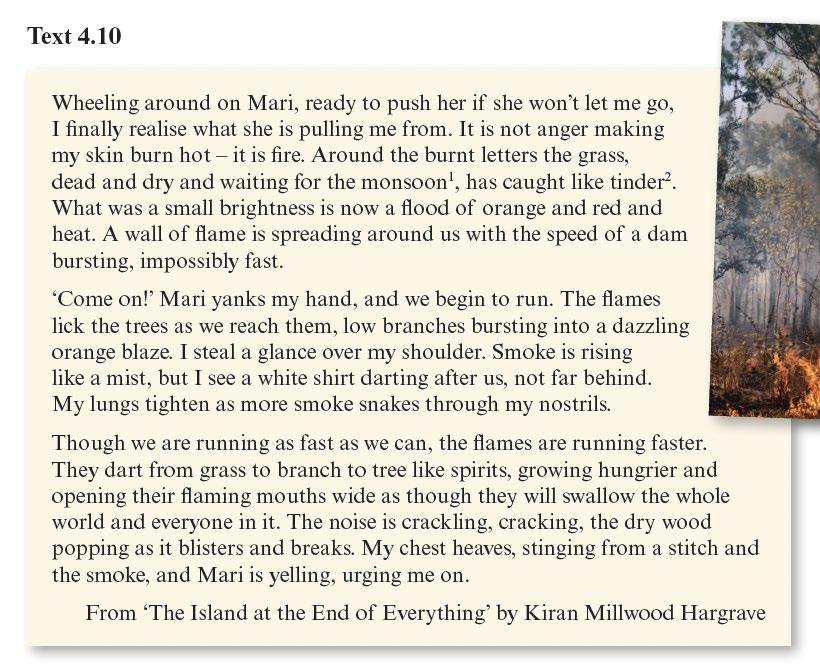
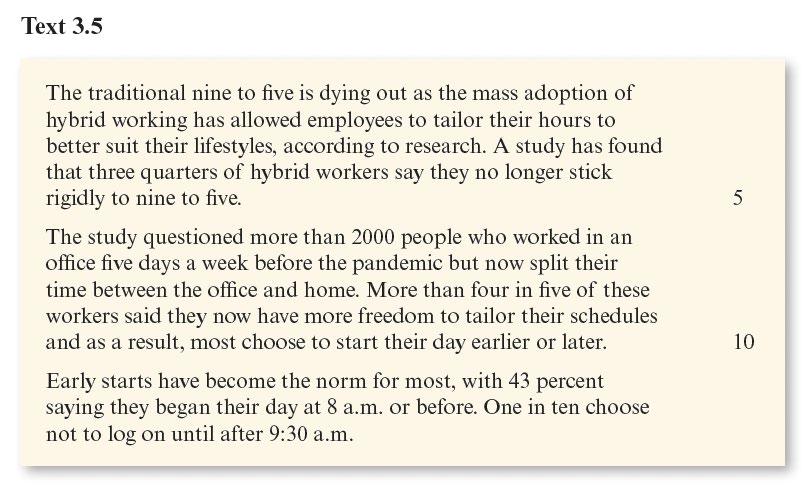




All practice questions follow the format for the 2027 syllabus.





















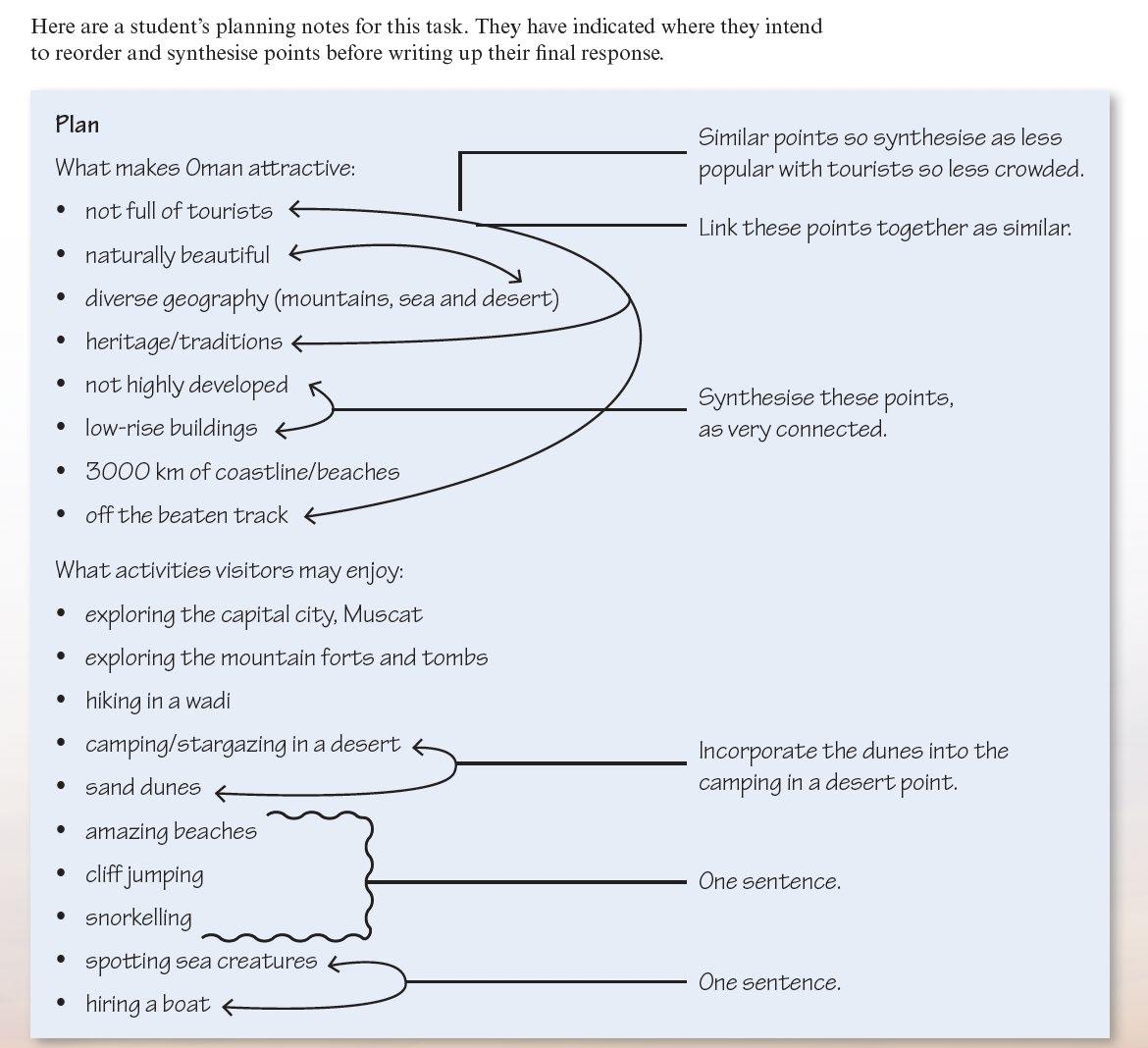









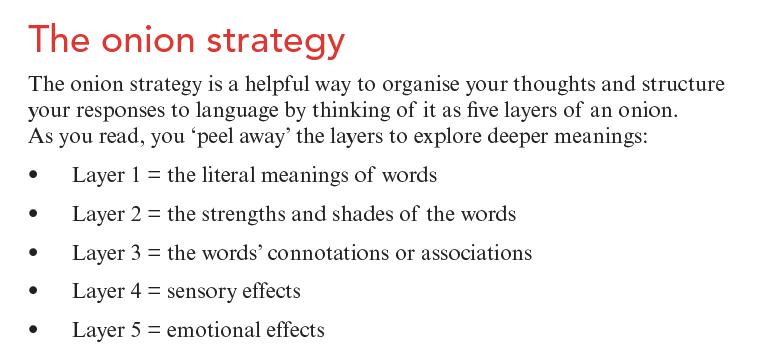



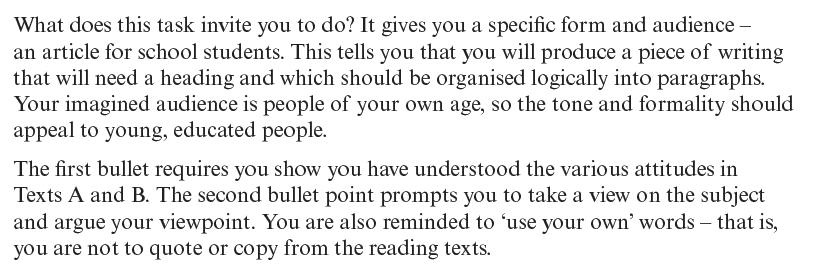

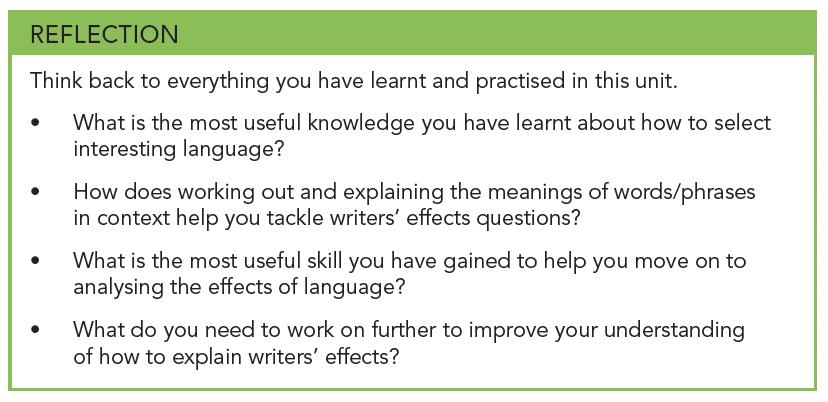



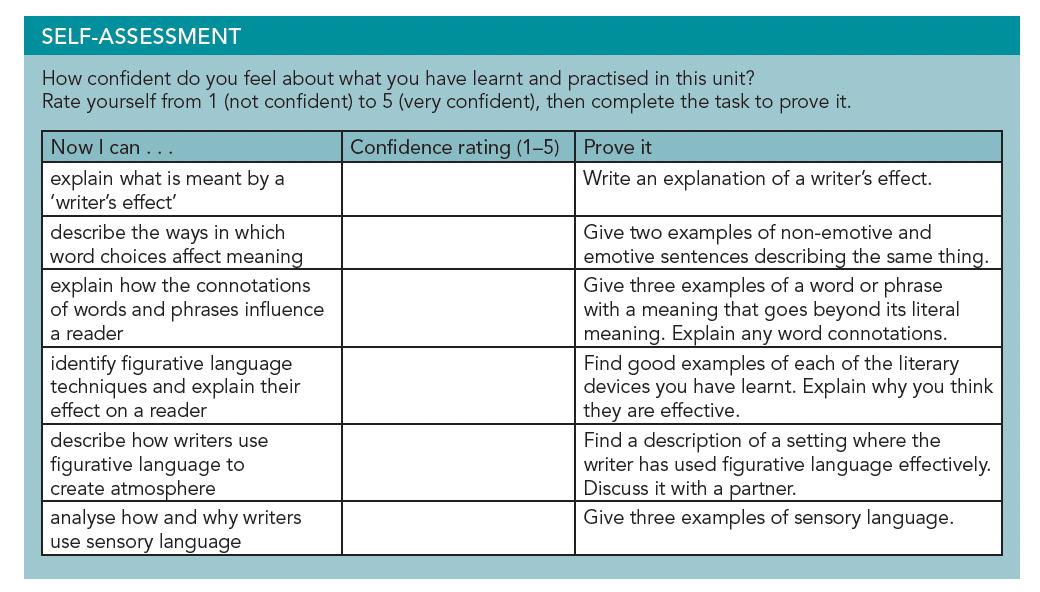

• The workbook follows the same structure as the coursebook.
• Each unit has practice questions at the end.
• Units 6 and 11 contain a full set of practice questions similar to those you may see in an assessment.





